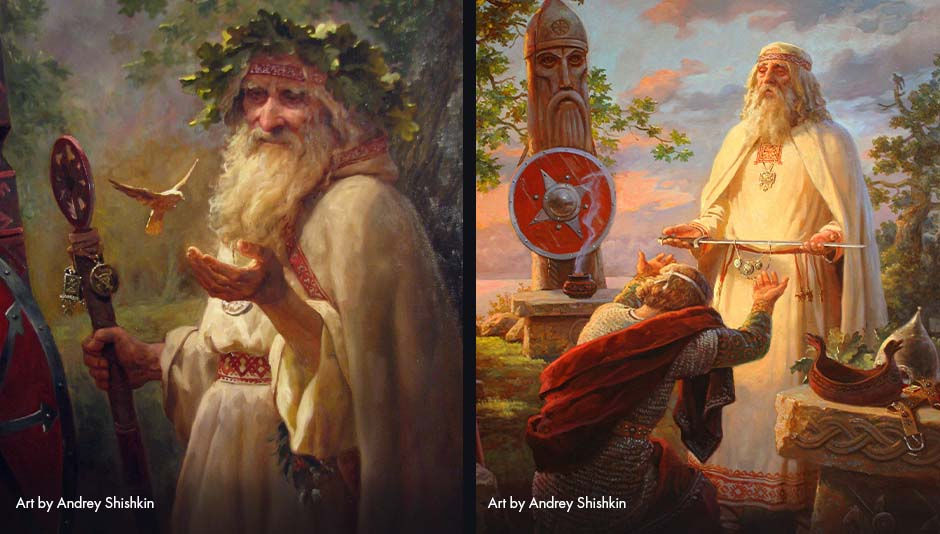God and Monsters of the Fire Salamander World: Upir
- nmthornauthor
- May 5, 2023
- 3 min read
If you’ve read the Shadow Enforcer Series or The Fire Salamander Chronicles, most likely, you’ve met quite a few vampires, upirs and even wurdulaks. In the Salamanderverse, they are just various representatives of the undead community. But is it the same when it comes to Slavic lore? Vampires, upirs and wurdulaks—are they the same?
Upirs are similar to vampires of western mythology, but there are some differences. They also have some similarities with Wurdulaks in the way A.S. Pushkin described them. However, in ancient Slavic folklore, all three types have distinct differences.
Okay, to be fair, all three types are the undead, and they live on a liquid diet of human blood. But let’s give them a closer look, starting with upirs.
What is an upir?

An upir is a Slavic mythological character, which you can meet in the lore of all Slavs (East, West and South). In essence, upirs are dead people who rise from their graves at night and wander around, spreading death and evil. Contrary to popular beliefs, upirs feed not only on people but also on animals, and if that is not enough, they are known for causing various calamities, natural disasters, famine and epidemics.
No matter how you look at it, an upir is one of the most evil characters of the Slavic lore.
How does one become an upir?
Just because a person is dead, it doesn’t mean he’s going to rise from his grave and start feeding on live people. Ancient Slavs believed that there were a few ways a person could turn into an upir after death:
1. People who were evil to the root while still alive, or if they were dark sorcerers (Koldun or Chernoknizhnik), couldn’t find peace after death, rising as upirs.
2. People who died an unnatural death could turn into upirs as well.
3. If a person was cursed by a relative while still alive, or if a Koldun cast a spell on them, they could rise after death, becoming an upir.
4. And of course, if an upir bit a person, they would become one, too.
How can you recognize upirs?

Normally, upirs look just the same as they looked while still alive. When they rise as undead, they are even dressed in the same clothes they were buried in. Unlike the living, however, they have an extremely pale complexion, red eyes, long claws and fangs. Some of them even have a tail (hmm, I wonder where the tail comes from? 🤔).
To make things more complicated, upirs can turn into bats (netopiri) or even ghosts. Some believed that just like an oboroten (Slavic version of shifters), an upir can assume a form of a bird, animal and even insects.
Legends have it that you can recognize an upir if you look at them around the blade of a knife.
How to protect yourself from upirs?
You know what they say. An ounce of prevention is worth a pound of cure. So, if you just suspect that someone may rise after death and wander around, searching for blood, you may want to take some preventive measures.
Ancient Slavs believed that potential upirs shouldn’t be buried in a cemetery with everyone else. Instead, they were buried in a forest, at crossroads, or outside the fence of a cemetery.
However, if all preventive measures failed, there are a few ways to deal with upirs.
Some of the methods apply to vampires as well, like fire, decapitation or a wooden stake through the heart. However, Slavic lore has a few ways to get rid of upirs that are specific to them. The potential upirs were buried face down, the ligaments under their knees were cut, and after that, an aspen stake was driven into the grave.
So, there you have it. It seems like upirs have a few qualities, abilities and evil skills, the vampires don’t possess.
----------
References:

Enter the Fire Salamander World, where magic and ancient myths are real, and things are not what they appear to be. If you haven't done it yet, you can download "The Burns Path”, a prequel to the Fire Salamander Chronicles Urban Fantasy series, for FREE on my website. The events of this 49,000-word novella occur before the Burns Fire, and it can be read as a standalone book.





Comments